A considerable proportion of our clients have financial year-ends running to either March 31 or April 30, in common with a lot of other small/medium businesses in general. In practice that means that around this time of year many accountants start seeing their clients’ end-of year paperwork come into the office to be turned into financial statements and business tax computations that eventually have to be filed with HMRC, Companies House etc. One subject that has come up more and more frequently when doing this work is that of director’s loan accounts which clearly relates to limited companies, but in principle very similar issues can arise with businesses run as ordinary unincorporated partnerships.
Director’s Loan Accounts
In recent years many site operators have been struggling to show decent-looking profits when their bank or other lenders ask for copies of financial accounts. Some have realised that if they reduce their wage bills by cutting their own salaries and then ’borrow’ the money from their company that this can make their bottom line look a lot healthier.
In other cases, operators have decided that borrowing money from their company is easier than going through the whole credit rating and application hassle involved in obtaining a personal loan from elsewhere. A few have also worked out that they can avoid paying monthly PAYE and NIC on a regular cash withdrawal out of their company by charging it to a Director’s Loan rather than putting it through the wages and salaries systems. Incidentally, it’s not just ’salary’ payments that can come out of a loan account it basically covers any personal bills paid by the company on behalf of a director, such as domestic rates, private phone bills, private credit card bills and mortgage payments.
So you may not even be aware that your book-keeper or accountant is posting some of your payments to a loan account every month.
Yes, this can be a way to window-dress the profit/(loss) report, although it shouldn’t really fool any experienced reader of business accounts. Potentially it can ease cash flow a little if the company isn’t paying PAYE/NIC every month on what the director takes out of the business. But, like any loan, it has to be repaid eventually and there is a big difference between taking out money that you initially lent to the company, and taking out money that wasn’t there in the first place which is how the loan account becomes ’overdrawn’.
Certainly it’s not illegal to have an overdrawn loan account, however there can be some tax implications of which every director should be aware: If you repay the loan before the end of your company’s financial year no problem; the loan doesn’t even need to be shown on your company tax return. If you repay the loan within nine months of your financial year-end, then loan details have to be included on the company’s tax return, but there’ll be no tax charge to the company. If the loan is still not repaid after nine months of the year-end, then your company will be charged corporation tax at 25% of the outstanding balance. So on a £10,000 outstanding balance, the company will pay additional tax of £2,500 a very expensive way of borrowing money.
And there’ll be interest due to HMRC on any tax unpaid from the due date to the date that the tax is paid or loan is repaid.
You should also be aware that there can be personal tax implications if your company loans you money interest-free or below normal rates of interest.
The loan is treated as a benefit in kind, and must be declared on your P11D return, and you’ll be charged Class 1A National Insurance on the benefit.
So how do you repay an overdrawn loan account? The simple answer is that you put cash back into the company’s bank account. The more involved answer is to convert the loan back into a salary payment at some point which means that there’ll then be PAYE and NIC liability at that time. An even more involved answer for a shareholding director is to declare a dividend to cover the loan account, although that assumes that the profits are there to do so and, of course, you can’t make a dividend payment to one shareholder alone if there are two or more shareholders.
Paper VAT returns the final chapter
Although most VAT-registered businesses have had to file (and pay) their VAT returns online since last year, a few smaller ones (net turnover below £100,000pa) have so far been allowed to continue making paper returns and old-fashioned cheque payments. This facility will end in April 2012, after which all returns and payments will have to be electronic. Obviously the vast majority of Forecourt Trader readers running their own sites will already be making their returns this way, but there are a number of smaller commission-operated sites that have so far managed to avoid having to conform to the online requirements.
Paying VAT electronically
Making a VAT return online is one thing, paying it electronically is another. The normal method is for the retailer to set up a direct debit (DD). This allows the maximum time for payments to be made ie an additional three working days on top of the standard seven calendar days following the normal ’due date’. Confused? Okay, your VAT quarter ends on August 31; the normal due date would be September 30; the latest date for any other payment method would be October 7, but if you have a DD set up already, the actual date on which the money will leave your account will be Wednesday October 12 as the 7th falls on a Friday this year. An alternative method is payment by credit card. Unfortunately it loses the extra three working days’ extension, and is subject to a 1.4% transaction fee. That’s £140 extra on a ten-grand payment!
As with all tax matters, we’d urge you take professional advice.





















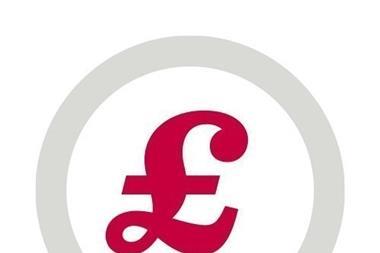
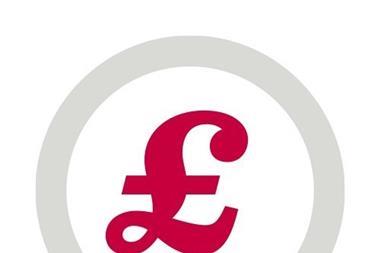
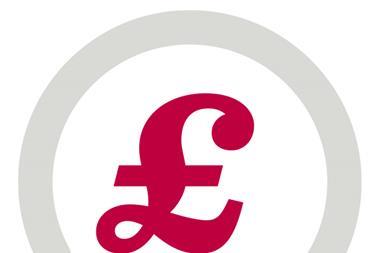
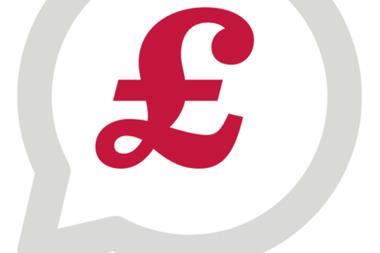
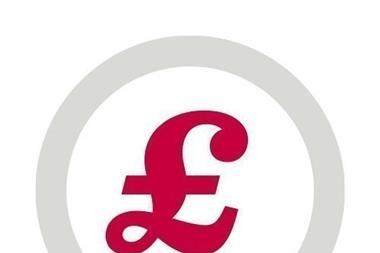

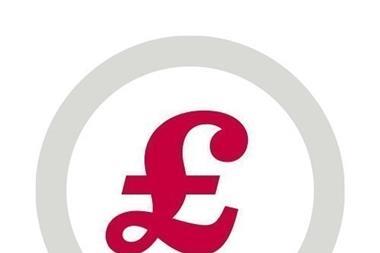
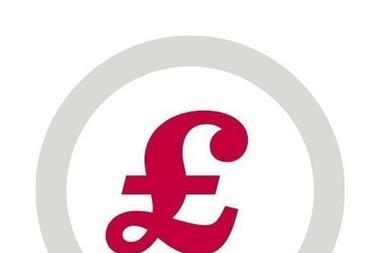
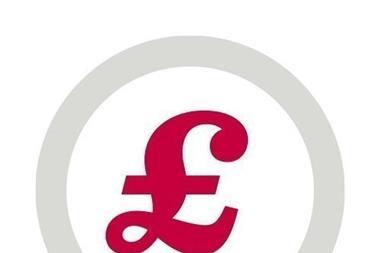
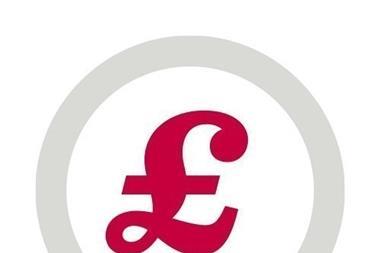
No comments yet